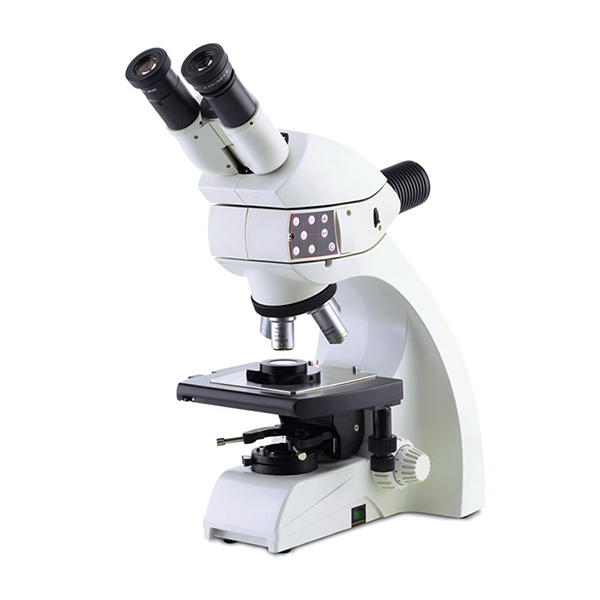(1) Mildew and fogging. Mildew is the spider silk-like substance on the lens surface, which is caused by the reproduction of mold. Molds are most likely to multiply under the conditions of 25-35°C and relative humidity of 80%-95%. Molds rely on nutrients such as grease, sweat, dust in the air, fingerprints, etc. to grow.
Fog refers to the appearance of a tiny "dew"-like layer of material on the surface of the lens. It has three types: oily, water-based, and oil-water mixture. They are caused by grease contamination, diffusion, and volatilization to the lens surface. Or it is formed by the condensation of moist gas into tiny water droplets on the surface of the lens when the temperature changes sharply.
Once the lens becomes moldy or foggy, the field of view becomes blurred and the resolving power is low. Their formation is related to many factors such as manufacturing, assembly, chemical stability of optical glass, environmental conditions, use and maintenance.
In order to prevent mildew and fogging, the metallographic microscope should be placed in a dry and ventilated place. Immediately after use, put the lens in a desiccator and seal the optical system.

(2) Degumming. The lens is generally made of multiple lenses glued together. If the glue layer on the glued surface cracks, it is degummed. Depending on the degree of degumming, abnormal spots, such as neon spots, leaf spots, filiform spots, and cluster spots, will appear in the field of view. Degumming reduces the image quality and cannot be used in severe cases.
The reasons for degumming are: the external high temperature changes drastically, the expansion coefficients of the adhesive layer and the glass are inconsistent, resulting in degumming; large vibration and impact during handling and use; Degumming.
In order to prevent degumming, the microscope room should be kept at a constant temperature as much as possible, avoid shock during handling and use, and do not allow direct sunlight on the microscope. Also be careful not to wipe the lens with a lot of organic solution.
(3) Scratches, cracks and breakages. The surface of optical parts, in order to improve its chemical properties, is often coated with a layer of films with different properties, such as transparency, reflective films, etc. Usually when maintaining and wiping the lens, if the dust on the lens surface is not removed (the rubber blower should be used to remove dust first) or the cleaning cloth is not clean, the coating will be easily scratched. In case of corrosive medium, the coating is easy to deteriorate or fall off.
Optical glass is brittle and fragile, so handle it with care. When focusing the microscope, be careful not to damage the lens.

 中文简体
中文简体 英语
英语 西班牙语
西班牙语 德语
德语



.png?imageView2/2/w/400/format/jpg/q/75)



.jpg?imageView2/2/w/400/format/jpg/q/75)









